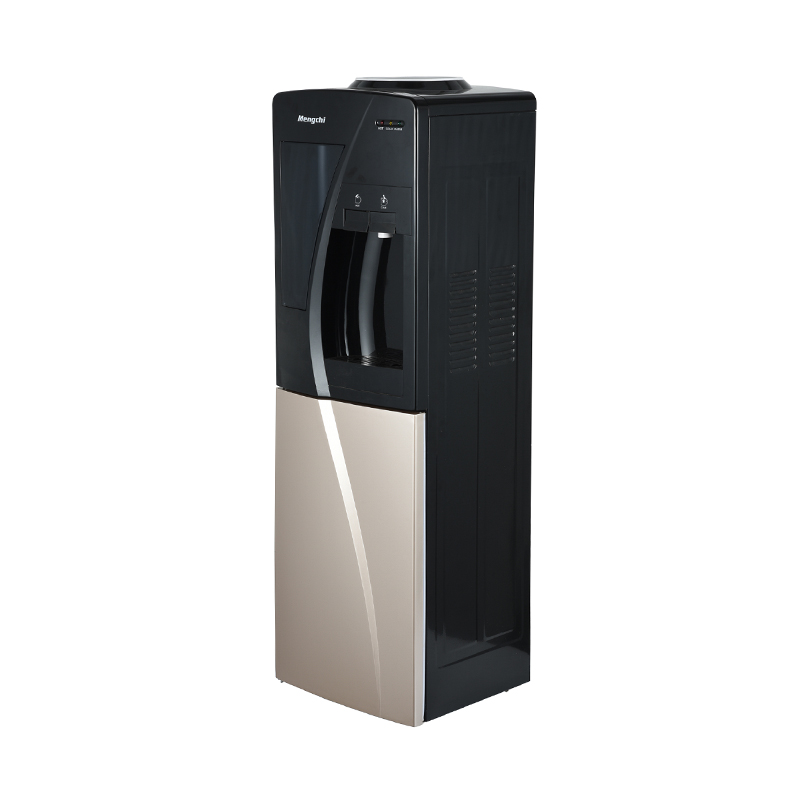The ultrafiltration technology of the water dispenser is an efficient water treatment method. It mainly filters through microporous membranes to remove impurities such as tiny particles, bacteria, and colloids in the water, thereby providing purer drinking water.
Ultrafiltration membrane material: The core component used in ultrafiltration technology is the ultrafiltration membrane, which is usually made of polymer materials such as polyamide and polycarbonate. These materials have a microporous structure, and by controlling the membrane pore size, efficient separation and filtration of particles of different sizes can be achieved.
Pore size selection: The pore size of ultrafiltration membranes is usually between 0.1 micron and 0.01 micron, which enables it to effectively intercept bacteria, viruses, sediment and other tiny particles in the water. The selection of pore size is adjusted according to the particle size of the target filtration to ensure that the ultrafiltration membrane has good retention performance.
Micropore interception: Ultrafiltration technology uses the principle of micropore interception to trap microorganisms, particles, etc. in the water on one side of the ultrafiltration membrane, while clean water molecules enter the other side through the micropores. This process is a physical separation process that requires no chemical additions and retains the natural taste of the water.
Removing bacteria and viruses: The micropore size of the ultrafiltration membrane enables it to effectively remove bacteria and viruses in water, ensuring the hygiene and safety of drinking water. Bacteria and viruses are usually relatively large and cannot pass through the micropores, so they are reliably trapped on the surface of the ultrafiltration membrane.
Colloidal Retention: Ultrafiltration technology can also effectively retain colloidal particles in water, such as colloidal organic matter and mud. This helps improve water transparency and clarity, ensuring clear and pure drinking water.
Reversible cleaning: Ultrafiltration technology usually has the characteristics of reversible cleaning, that is, under certain conditions, contaminants trapped in the micropores can be flushed out through reverse flushing or treatment with cleaning agents, thereby extending the service life of the ultrafiltration membrane.











